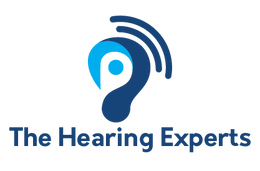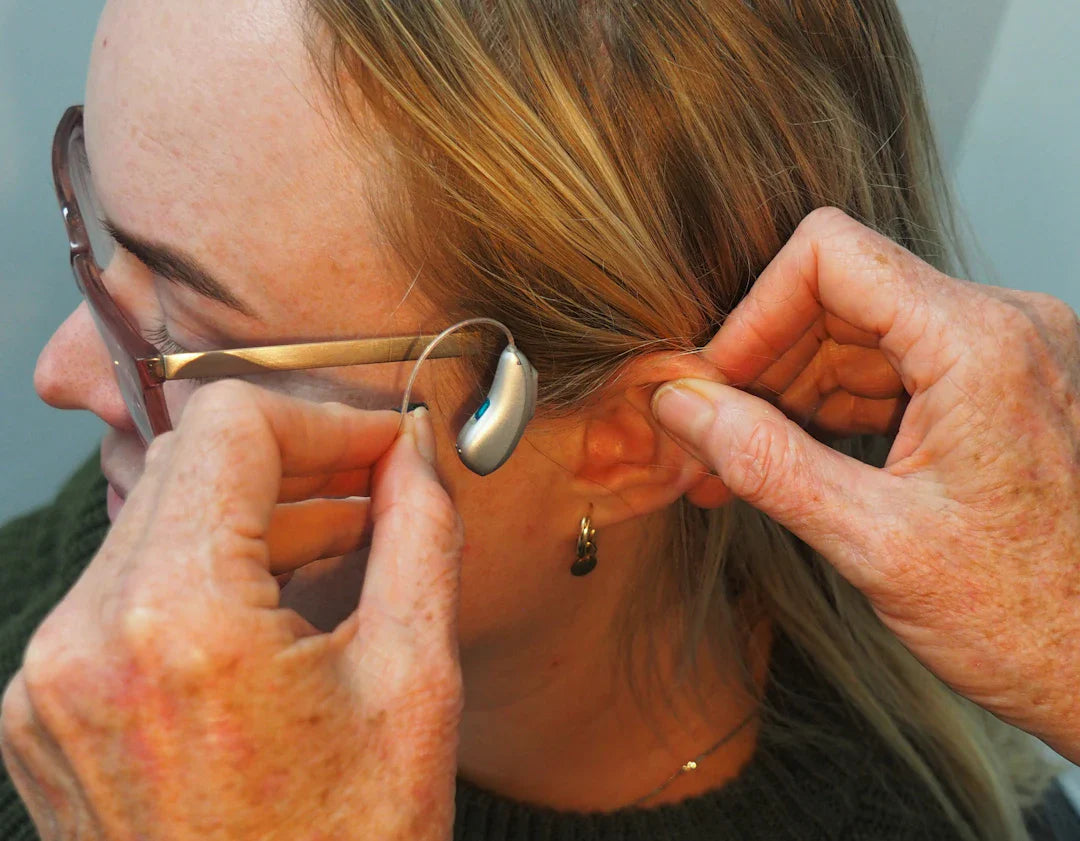Frequently Asked Questions
1. What advancements can we expect in hearing aid technology?
2. How will connectivity improve future hearing aids?
3. What user-centric design features are anticipated for future hearing aids?
4. How will telehealth impact hearing aid services?
5. What role might genomics play in the future of hearing aids?
As the world becomes increasingly reliant on technology, hearing aids are evolving rapidly to cater to the needs of users. The future of hearing aids holds a wealth of possibilities as innovation meets audiology, ushering in a new era of personalised hearing experiences. In this article, we will explore the key trends shaping the future of hearing aids, including their advancing technology, connectivity, and user-centric designs.
The Evolution of Hearing Aid Technology
The development of hearing aids has come a long way since their inception. Today, they are equipped with advanced technology that helps users better engage with their surroundings. Some trends to keep an eye on include:
1. Artificial Intelligence Integration
Artificial intelligence (AI) is changing the landscape of many industries, and audiology is no exception. In the future, we can expect hearing aids to utilise AI to learn users' preferences and adapt to various sound environments automatically. This will not only improve the clarity of sounds but also enhance user comfort and overall experience.
2. Enhanced Digital Signal Processing
Digital signal processing has made it possible for modern hearing aids to provide clearer sound quality. In the future, we are likely to see even more sophisticated algorithms that allow for improved noise reduction and sound amplification. This means users can enjoy conversations and surroundings without the distractions of background noise, significantly improving their quality of life.
Connectivity and Smart Features
As our lives become more connected through various devices, hearing aids are following suit. The integration of wireless technology brings about exciting possibilities for users. Key areas to watch include:
1. Bluetooth Connectivity
Most modern hearing aids already feature Bluetooth connectivity, allowing users to connect their devices, such as smartphones and tablets. In the future, this technology will likely expand to include seamless integration with smart home devices, making it easier than ever to control audio settings from the comfort of home.
2. Mobile Apps for Personalization
Mobile applications are becoming an essential companion for hearing aid users. Many brands are developing apps that enable users to customise their settings directly from their smartphones. Advanced options such as sound profiles can be created based on personal preferences, making listening even more tailored and enjoyable.
User-Centric Designs
The future of hearing aids is not just about advanced technology; it is also about creating an experience that prioritises the user. Some notable trends include:
1. Stylish Aesthetics
Today’s consumers are increasingly concerned with the appearance of their hearing aids. The future will see manufacturers focus on stylish designs that blend seamlessly with modern lifestyles. Customisable colours and finishes will allow users to express their individuality without compromising on functionality.
2. Comfort and Fit
Comfort is a major concern for many hearing aid users. Future models are expected to come with materials and ergonomic designs that ensure a comfortable fit throughout the day. Advances in 3D printing technology will allow for tailored solutions that accommodate individual ear shapes, providing a superior fit for users.
Telehealth and Remote Support
The rise of telehealth has transformed many industries, and audiology is beginning to follow this trend. Key developments in this area include:
1. Remote Adjustments
As telehealth services grow, hearing aid users can anticipate remote adjustments to their devices without needing to visit an audiologist in person. This convenience will enable quicker troubleshooting and allow professionals to fine-tune settings based on real-time data.
2. Increased Access to Audiology Services
The integration of online consultations makes it easier for users to access audiologists from the comfort of their homes. This trend increases the availability of expert advice and can lead to better user outcomes in managing hearing loss.
The Role of Genomics and Personalised Solutions
As technology advances, personalised solutions will play an increasingly significant role in hearing aids. Future trends include:
1. Genomic Insights
Developments in genetic research may enable audiologists to tailor hearing aids based on a user’s genetic makeup. This could lead to bespoke solutions that account for specific hearing impairments, improving the efficacy of devices.
2. User Feedback Incorporation
Manufacturers are expected to invest more in gathering user data and feedback. By focusing on user experiences, brands can create products that are not only technologically advanced but also resonate with consumer needs and preferences.
The Exciting Road Ahead
The field of audiology and hearing aid technology is teeming with innovation as trends continue to emerge. With advancements in AI, enhanced connectivity, and a focus on user-centric designs, the future is indeed bright for hearing aids. The continual progress offers hope for enhanced hearing experiences, empowering users to live their lives to the fullest without limitations.
Whether you are already familiar with hearing aids like the GN Resound ONE 9 hearing aid, or you are contemplating options for yourself or a loved one, staying informed about these trends is essential. The future of hearing technology is ultimately about better hearing and improved communication, providing users with the ability to engage and participate fully in their lives.
Buckle up for a remarkable auditory journey as we step into an era of innovative hearing solutions that prioritise comfort, style, and performance while reshaping the way we perceive sound. Are you ready for the auditory revolution?
Linked Product
GN Resound ONE 9
The GN Resound ONE 9 offers advanced hearing technology with 17 processing channels, enhancing sound clarity across various environments. Its rechargeable option provides convenience for daily use, making it a suitable choice for individuals seeking both performance and practicality in their hearing aids. As trends in hearing aid technology evolve, the GN Resound ONE 9 stands out for its innovative features and ease of use.
View Product



